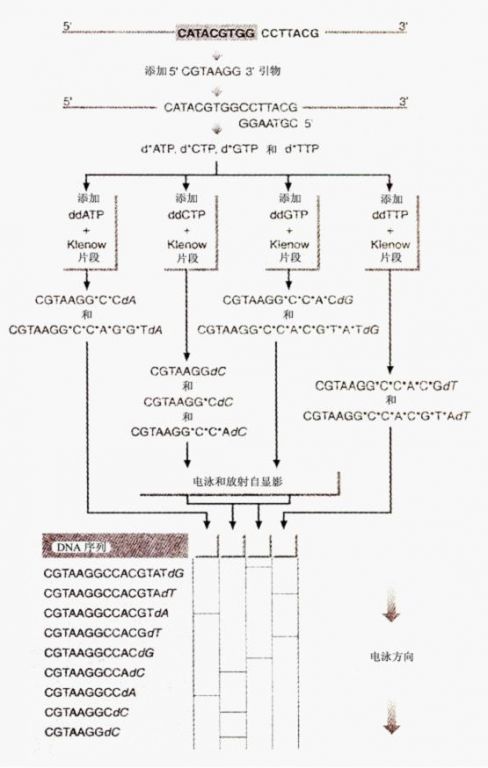ScienceDaily (Sep. 27, 2012) — If you were a bacterium, the virus M13 might seem innocuous enough. It insinuates more than it invades, setting up shop like a freeloading houseguest, not a killer. Once inside it makes itself at home, eating your food, texting indiscriminately. Recently, however, bioengineers at Stanford University have given M13 a bit of a makeover.
Using the virus, Ortiz and Endy have created a biological mechanism to send genetic messages from cell to cell. The system greatly increases the complexity and amount of data that can be communicated between cells and could lead to greater control of biological functions within cell communities. The advance could prove a boon to bioengineers looking to create complex, multicellular communities that work in concert to accomplish important biological functions.
Medium and message
M13 is a packager of genetic messages. It reproduces within its host, taking strands of DNA -- strands that engineers can control -- wrapping them up one by one and sending them out encapsulated within proteins produced by M13 that can infect other cells. Once inside the new hosts, they release the packaged DNA message.
The M13-based system is essentially a communication channel. It acts like a wireless Internet connection that enables cells to send or receive messages, but it does not care what secrets the transmitted messages contain.
"Effectively, we've separated the message from the channel. We can now send any DNA message we want to specific cells within a complex microbial community," said Ortiz, the first author of the study.
It is well-known that cells naturally use various mechanisms, including chemicals, to communicate, but such messaging can be extremely limited in both complexity and bandwidth. Simple chemical signals are typically both message and messenger -- two functions that cannot be separated.
"If your network connection is based on sugar then your messages are limited to 'more sugar,' 'less sugar,' or 'no sugar'" explained Endy.
Cells engineered with M13 can be programmed to communicate in much more complex, powerful ways than ever before. The possible messages are limited only by what can be encoded in DNA and thus can include any sort of genetic instruction: start growing, stop growing, come closer, swim away, produce insulin and so forth.
Rates and ranges
In harnessing DNA for cell-cell messaging the researchers have also greatly increased the amount of data they can transmit at any one time. In digital terms, they have increased the bit rate of their system. The largest DNA strand M13 is known to have packaged includes more than 40,000 base pairs. Base pairs, like 1s and 0s in digital encoding, are the basic building blocks of genetic data. Most genetic messages of interest in bioengineering range from several hundred to many thousand base pairs.
Ortiz was even able to broadcast her genetic messages between cells separated by a gelatinous medium at a distance of greater than 7 centimeters.
"That's very long-range communication, cellularly speaking," she said.
Down the road, the biological Internet could lead to biosynthetic factories in which huge masses of microbes collaborate to make more complicated fuels, pharmaceuticals and other useful chemicals. With improvements, the engineers say, their cell-cell communication platform might someday allow more complex three-dimensional programming of cellular systems, including the regeneration of tissue or organs.
"The ability to communicate 'arbitrary' messages is a fundamental leap -- from just a signal-and-response relationship to a true language of interaction," said Radhika Nagpal, professor of computer science at the Wyss Institute for Biologically Inspired Engineering at Harvard University, who was not involved in the research. "Orchestrating the cooperation of cells to form artificial tissues, or even artificial organisms is just one possibility. This opens a door to new biological systems and solving problems that have no direct analog in nature."
Ortiz added: "The biological Internet is in its very earliest stages. When the information Internet was first introduced in the 1970s, it would have been hard to imagine the myriad uses it sees today, so there's no telling all the places this new work might lead."
Journal Reference:
- Monica E Ortiz, Drew Endy. Engineered cell-cell communication via DNA messaging. Journal of Biological Engineering, 2012; 6 (1): 16 DOI: 10.1186/1754-1611-6-16
 精选
精选